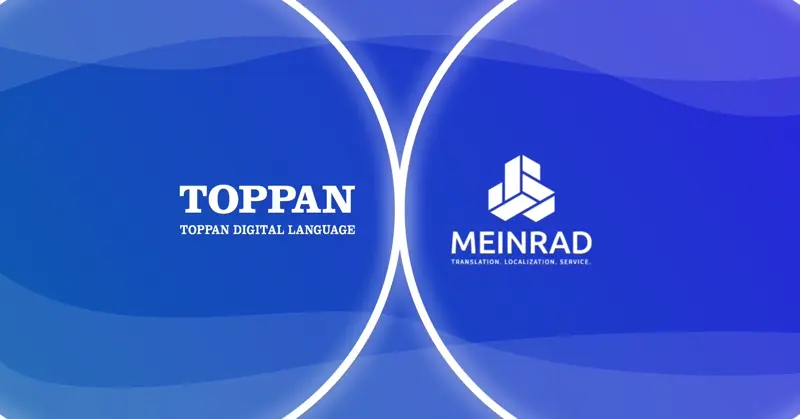
It is well understood that the trends of digital content and globalization create opportunities to communicate, connect, and trade with larger audiences worldwide.
However, these opportunities also come with content management risks, challenges, and costs, all of which are amplified by the number of jurisdictions and languages involved.
While not all types of content are high-stakes and business-critical, high-risk content tends to be characterized by some, or all, of the following needs:
High levels of technical accuracy
High-risk content requires technical linguistic expertise – be it legal, medical, financial, or technological. The linguists must possess a deep understanding of the domain and be up to date with industry trends and terminologies.
Specialization ensures that translations are not only accurate but resonate with the audience’s security expectations and understanding of the domain. The consequences of inaccuracies (especially in regulated industries) can be significant, ranging from financial losses to health risks, making technical accuracy paramount.
Regulatory compliance
Navigating international regulations is a huge challenge when translating and localizing high-risk content.
Each jurisdiction may have its own set of standards about how information must be presented, documented, and stored.
This includes adhering to specific legal frameworks, such as GDPR in Europe for data protection or HIPAA in the United States for personal health information.
Failure to comply can lead to action by regulatory bodies including legal penalties and fines, as well as a loss of consumer trust. To avoid this, language solutions must be built with compliance designed in.
Protection of reputation
A company’s reputation can be significantly impacted by how its content is perceived across different markets.
High-risk content requires careful localization to ensure that it aligns with the brand’s tone of voice, while respecting cultural sensitivities. It’s not just about translating words. It’s about adapting and conveying messages in ways that build and maintain trust with global audiences, while avoiding missteps that could undermine carefully built brand reputations.
Time to market pressures
For businesses operating in highly dynamic markets, time to market is crucial. Delays in launching products or services, or in meeting regulatory deadlines can result in lost revenue or other negative consequences. In these circumstances, translations must be completed within tight deadlines without compromising on quality.
This requires a robust operational infrastructure, including advanced translation technologies and flexible workflows, to align closely with the customer’s own business processes and KPIs.
Content security
Protecting high-risk content requires the safeguarding of confidential and sensitive information, such as personal data, proprietary research, or trade secrets, from unauthorized access or breaches.
Language Service Providers handling confidential information must employ stringent data protection measures, including encryption, secure access controls, and compliance with international data protection regulations, which are evolving all the time.
A word about high-risk content and AI
Natural Language Processing (“NLP”) AI, including Large Language Models, presents exciting opportunities to turbo-charge the automation of content-related tasks. The technology is evolving very quickly. Its accessibility enables experimental development of new applications, which can be of direct and indirect assistance in the translation process, for example quality estimation tools or anonymization tools.
However, in the context of high-risk content, it is imperative that solving some problems does not come at the cost of creating others.
Key considerations are model consistency (repeatable results even from the same model), model safety, auditability, content security and the looming issue of AI regulation.
We know from experience of Neural Machine Translation, which has been in widespread use since 2018, that this type of technology can bring real benefits but still requires human supervision in most medium to high-risk contexts. So, while new AI technologies offer great potential, care must be taken when integrating them into business-critical processes.
How we manage high-risk content
Our approach to managing high-risk content integrates a meticulous 6-step quality management workflow, security processes, and peer reviews from start to finish. We begin with a thorough project setup to align with our customer’s goals, followed by careful linguist selection to match each task’s specific requirements.
The process includes comprehensive briefings and the use of our proprietary technology, STREAM, for consistent terminology and style. Additionally, our workflow features tech-enabled quality support for ongoing accuracy checks, peer reviews to uphold our high standards, and a final quality scoring system that feeds into continuous improvement.
This end-to-end methodology, underpinned by robust security measures including encryption and secure access controls, ensures sensitive information remains protected, delivering content that is accurately translated securely.
High-risk content is the critical content that enables a business to sell and operate confidently, remain compliant and protect its reputation. When adapting this content into multiple languages, it is imperative to collaborate with a partner who has a strong understanding of your industry and business processes and objectives, and who can deliver risk management best practices for a successful outcome.





















